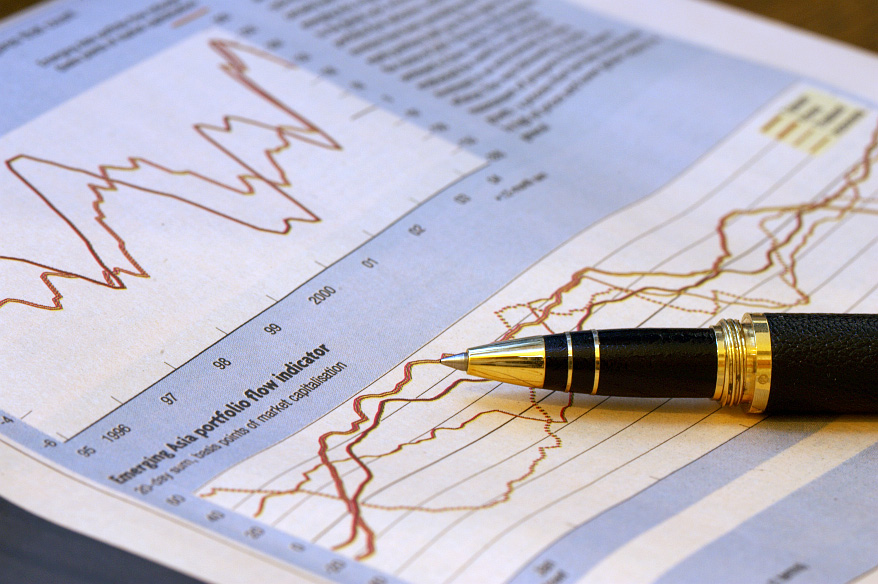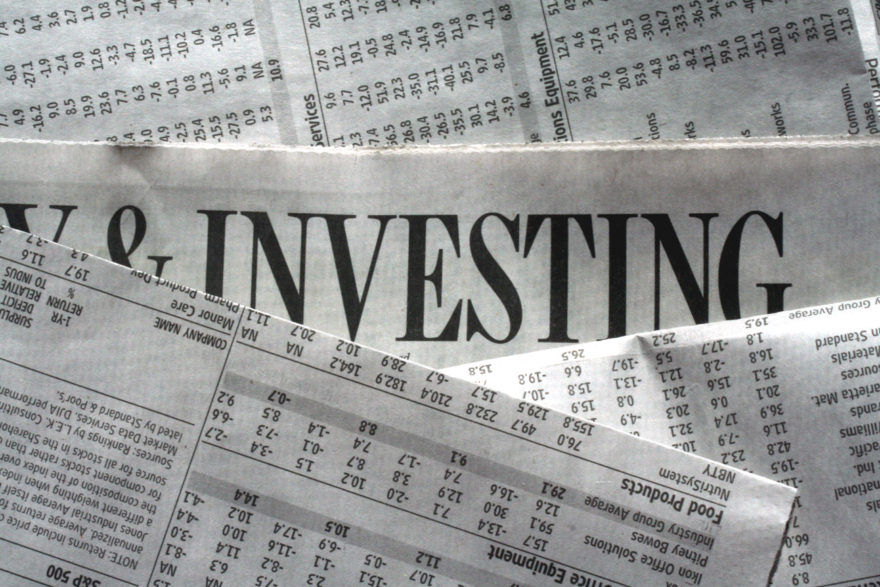How do you pick the funds for your 401(k)? I know a lot of people will look at the most recent performance chart and put their money into the funds with the best recent returns. After all, you’d want to be in the top funds, not the worst funds, right? You’d want to invest with the managers who have the most skill, based on their results.
We’ve all heard that “past performance is no guarantee of future results”, and yet our behavior often suggests that we actually believe the opposite: if a fund has out-performed for 1, 3, or 5 years, we believe it is due to manager skill and the fund is indeed more likely to continue to out-perform than other funds.
But is that true? Do better performing funds continue to stay at the top? We know the answer to this question, thanks to the people at S&P Dow Jones Indices, who twice a year publish their Persistence Scorecard (link).
Looking at the entire universe of actively managed mutual funds, they rank fund performance by quartiles, with the 1st quartile being the top performing 25% of funds, and the 4th quartile being the bottom 25% of funds.
Let’s consider the “Five Year Transition Matrix”, which ranks funds over five years and then follows how they perform in the subsequent five year period. For the most recent Persistence Scorecard, published in December 2016, this looks at funds’ five-year performance in September 2011, and then how they ranked five years later in September 2016.
Here’s how the top quartile of all domestic funds fared in the subsequent 5-year period:
20.09% remained in the top quartile
18.93% fell to the second quartile
20.56% fell to the third quartile
27.80% fell to the bottom quartile
10.75% were merged or liquidated, and did not exist five years later
The sad thing is that if you picked a fund in the top quartile, there was only a 20% chance that your fund remained in the top quartile for the next five years. But there was a more than 38% chance that your top performing fund became a worst performing fund or was shut down completely in the next five years.
Another interesting statistic: the percentage of large cap funds that stayed in the top half for five years in a row was 4.47%. If you simply did a coin flip, you’d expect this number to be 6.25%. The number of funds that stayed in the top half is slightly worse than random.
The Persistence Scorecard is a pretty big blow to the notion of picking a fund based on its past performance. And it’s significant evidence that we should not be making investment choices based on Morningstar ratings or advertisements touting funds which were top performers.
Should you do the opposite? I wish it was as simple as buying the bottom-performing funds, but they don’t fare any better. Funds in the bottom quartile had a similarly random distribution into the other three quartiles, but had a much higher chance of being merged or liquidated.
There are a couple of possible explanations for funds’ lack of persistence:
- Styles can go out of favor; a “value” manager may out-perform in one period and not the following period. Hence a seemingly perpetual rotation of leaders.
- Successful managers may attract large amounts of capital, making them less agile and less likely to out-perform.
- There may be more randomness and luck to managers’ returns, rather than skill, than they would like to have us believe.
Unfortunately, the S&P data shows that for whatever reason, there is little evidence for persistence. Investors need a more sophisticated investment approach than picking the funds which had the best performance. The Persistence Scorecard highlights why performance chasing doesn’t work for investors: yesterday’s winners are often tomorrow’s losers.
What to do then? We focus on creating a target asset allocation, using a core of low-cost, tax efficient index ETFs and a satellite component of assets with attractive fundamentals. What we don’t do is change funds every year because another fund performed better than ours. That kind of activity has the potential for being highly damaging to your long-term returns.
I hope you will take the time to read the Persistence Scorecard. It will give you actual data to understand better why we say past performance is no guarantee of future results.













